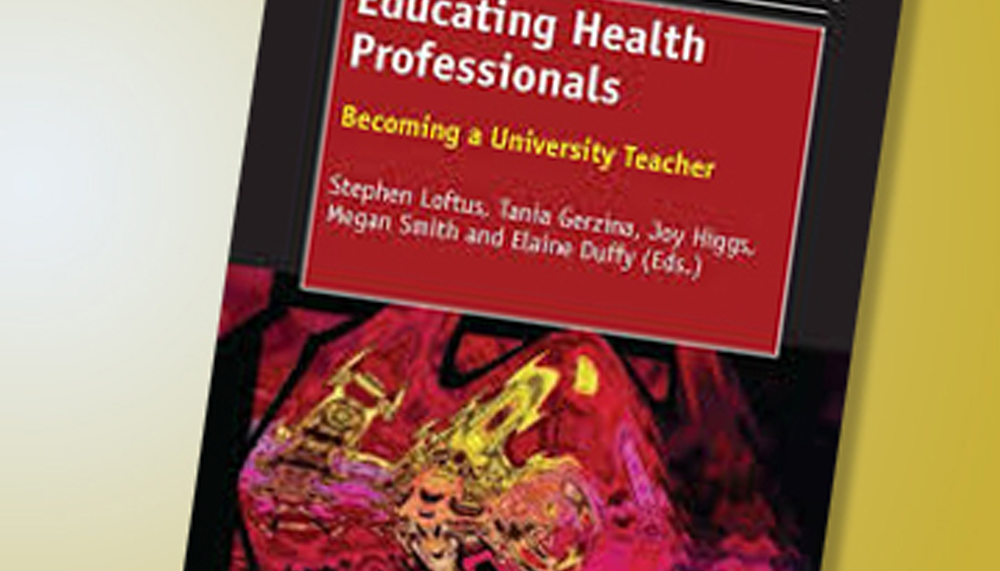A group of teachers of health professionals have produced a useful book that addresses the challenges of moving from caring for patients to teaching students. By Dallas Bastian.
The challenges of navigating a shift from clinical nursing practice to an academic position are addressed in a new publication, Educating Health Professionals: Becoming a University Teacher. It focuses on the unique issues faced by those working in healthcare when they decide to make a transition to teaching.
The idea for the book was sparked when a group of teachers at Griffith University were discussing the difficulties they had faced when moving from the health field into university. They all agreed that the stark difference in workplace cultures and environments contributed to the challenge.
“It’s a very different environment, to move from dealing with patients in a clinical setting to a university where you’re dealing with students in a teaching and learning environment,” co-editor Professor Elaine Duffy, head of the school of nursing and midwifery at Griffith, says. There are also very different expectations of each position.
She says health professionals might face a reduction in salary when they leave the field they have been practising in, and then find themselves under pressure to teach or conduct research. Finding a mentor and establishing a work-life balance are presented as options that can help ease the transition.
The book aims to help professionals think about the workforce their students will be entering and the system the workforce operates in, as well as whether their graduates will have the skills to adapt to reform in the health system.
One of the chapters Duffy contributed looks at major themes in the education of health professionals, focusing on interprofessional and collaborative practice and education, which she describes as the way of the future in health reform.
“There’s growing evidence that collaborative practice has an impact on the health outcomes for clients and patients,” she says. “There’s also evidence of greater patient satisfaction when they’re cared for by a collaborative team working and communicating well together rather than having fragmented care.”
She says this is because, when there is collaborative practice, a patient doesn’t need to repeat information to every one of the multiple professionals they encounter; there is also more satisfaction for collaborative practitioners.
She says book should also be useful for those educating within the profession.
Do you have an idea for a story?Email [email protected]
 Aged Care Insite Australia's number one aged care news source
Aged Care Insite Australia's number one aged care news source

